Visual storytelling is, as the name suggests, a narration done through visual means. It is one of the most powerful communication methods available in the world today. Today, we’re going to discover the sheer force of visual storytelling, how photographers can use it and we’re also going to share a few tips and tricks with you on how to create a great visual story through your photographs.
Visual Storytelling and Its Power
We’ve all heard the saying a picture is worth a thousand words, right? Well, it’s true! Content might be the king, but a powerful photo will override a thousand words in a matter of seconds. In today’s society, people are always looking for access to quick information and we’re all very blessed that we can have access to it. If you want to create a visual story, then showing, instead of telling will help your story.
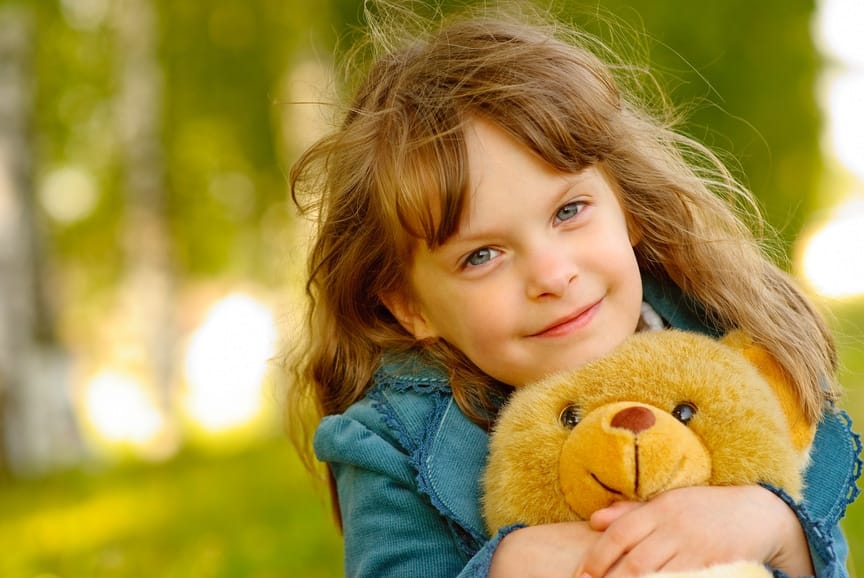
Promotion is the Key
Creating a good, even great visual story doesn’t guarantee its success. The thing that does guarantee success is promotion. Your online presence, as a visual storyteller and a photograph, needs to be strong. You need to promote your story or stories and ever social media website known to man. This means quite a lot of work and time, but without this promotion, your work will remain unknown to the masses.
Use Facebook, Twitter and Pinterest first and foremost. These three are the backbone of social media. Be active, be social and be present.
Caption Your Images
Even though an image is worth a thousand words, adding a caption to your images will help people put a name and story to your visual story. Try to keep it as brief as possible, you don’t want to bore people or to take attention away from the photograph. You should know that captions are easy to read and remember and should really capture the gist of what your photograph is saying.
3 Tools for Visual Storytelling
- Defrozo – when it comes to creating visual stories, Defrozo is THE tool to use. It is an awesome online workspace that enables photographers to manage their business and workflow online. Log in and you’re ready to create a free photography website to tell your visual stories.
- Storify – is a free tool to help photographers create their visual story and share it with the world. As Storify says on their home page, today, everyone’s a reporter and social media can make anyone source as events unfold.
- Magistro – is another free tool for creating video stories. Using snapshots, music and videos, you can make your visual story in a matter of minutes and promote it however you please.
5 Rules for Visual Storytelling
1. Know the Story You Want to Tell Before Taking the Photographs for It
If you have something in mind that you want to put into photographs, then it better be clear. Before you start creating the story with your photographs, you should know exactly what it is that you want to evoke. Having a clear picture of what you want to share with the world will make sharing and creating the story much easier.
2. Fact or Fiction?
Visual stories are usually facts, not fiction. As soon as you, the photographer, starts directing people on how to act in front of a camera, your visual story has become fiction. Try to be much a journalist as you can, try to present facts, which is why you need to include some factual details in your visual story for credibility.
3. Assumptions the Viewers Male Have to Be True
Because you’re presenting something that is fact, not fiction, all reasonable assumptions that your viewers are making have to be true. For example, we see a picture of a person crying, and we assume that the person was sad, not that they were acting and the crying fake.
4. Visual Storytelling Means Images, not one Image
Try to capture as many images as you can about the subject you’re trying to make a visual story about. You’ll have a much easier time to select the good ones!
5. Edit Like There’s No Tomorrow
Editing and sifting through your photos is hard. All the photos are your babies, but you need to pare away everything that’s not vital to telling your visual story. Be brave!
Image Source: depositphotos.com





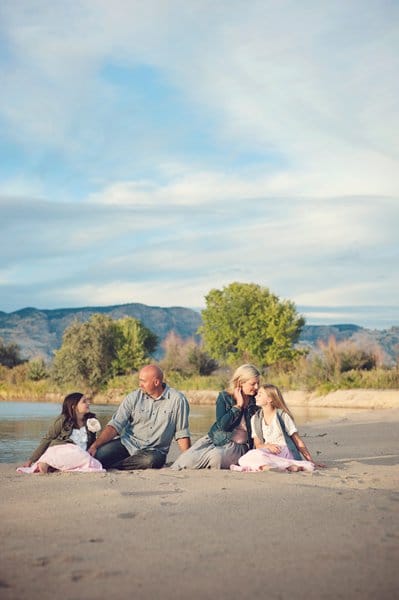


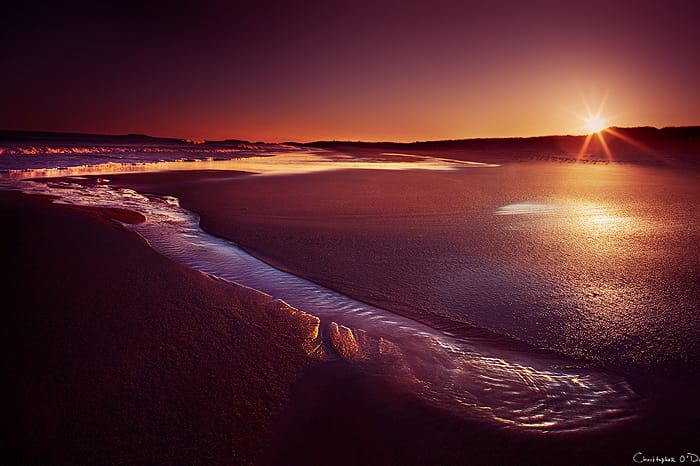


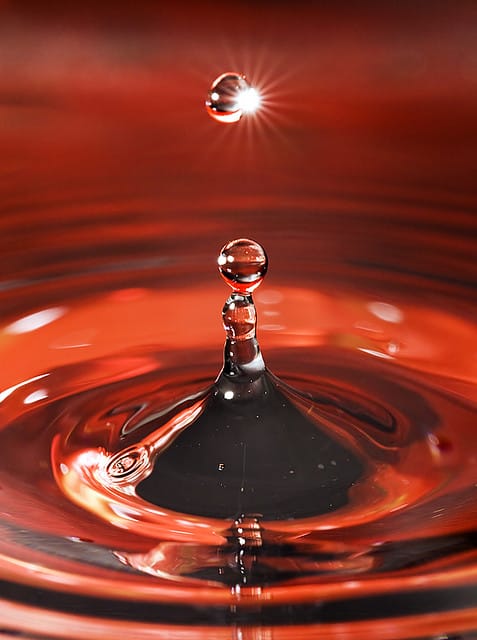




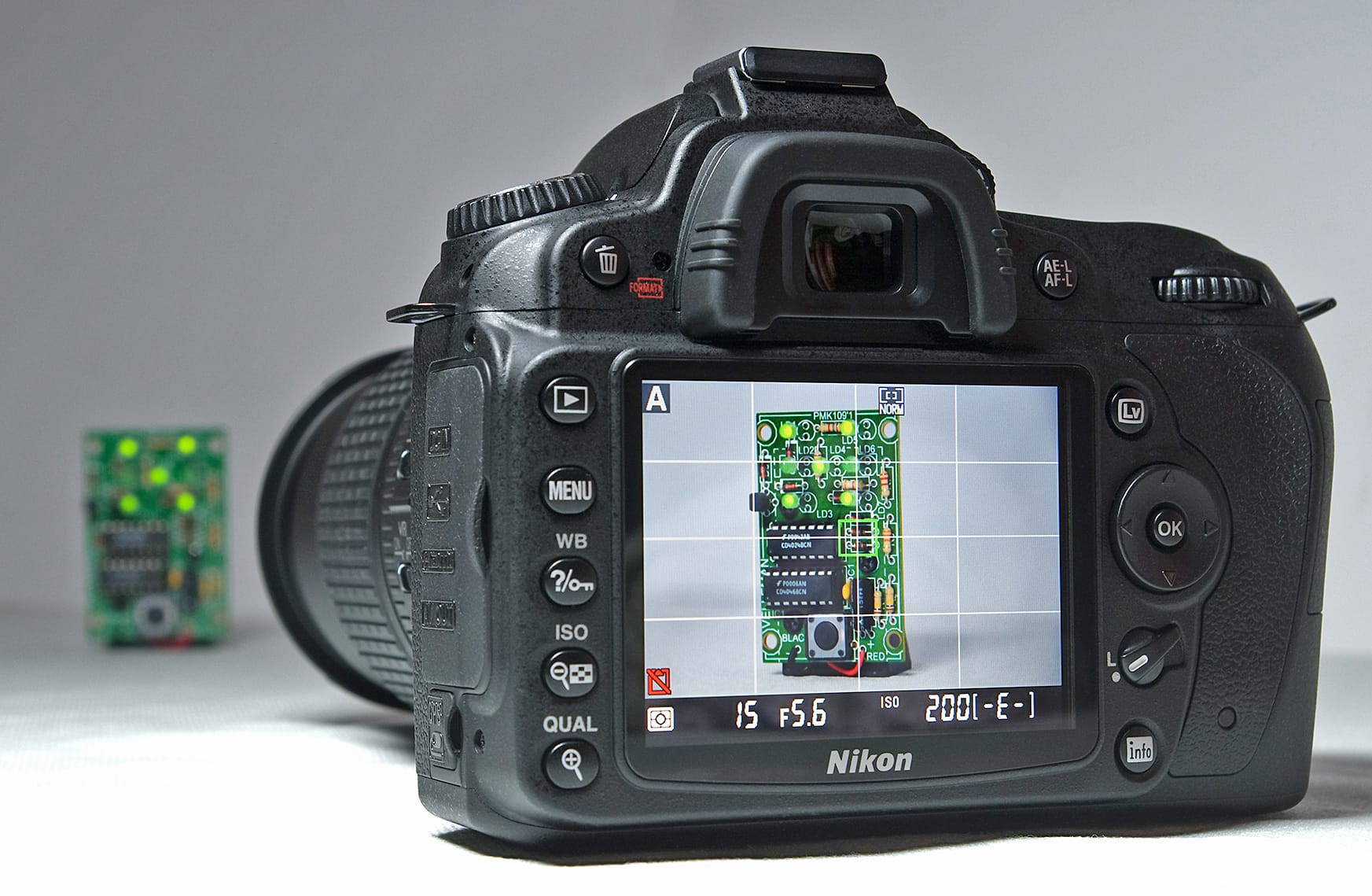

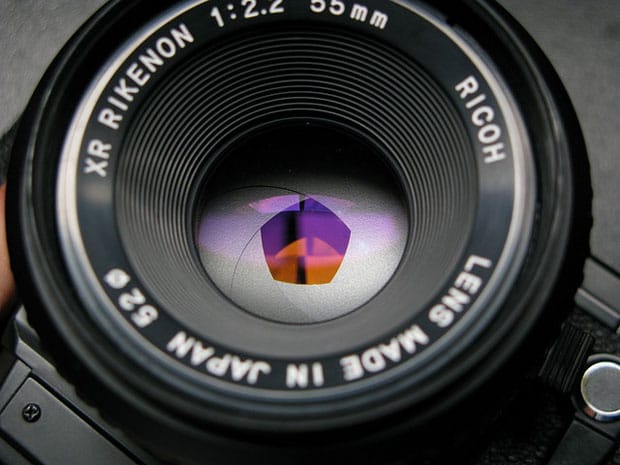

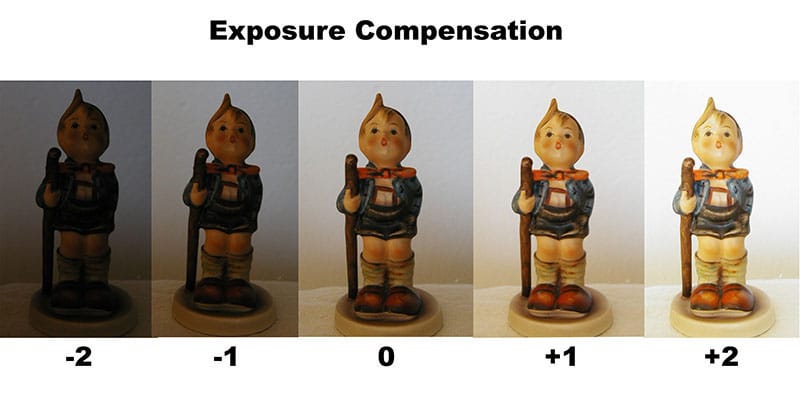
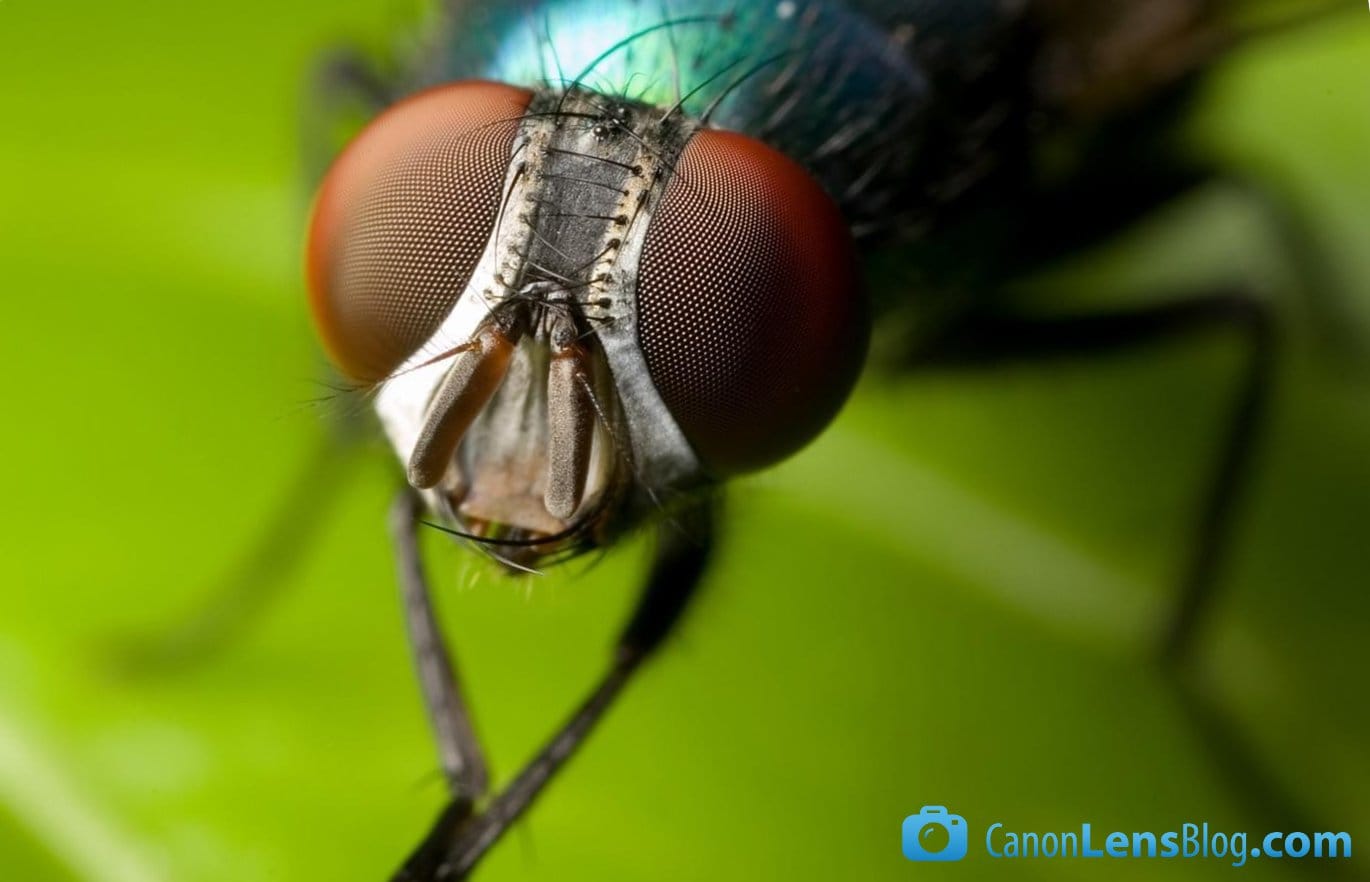
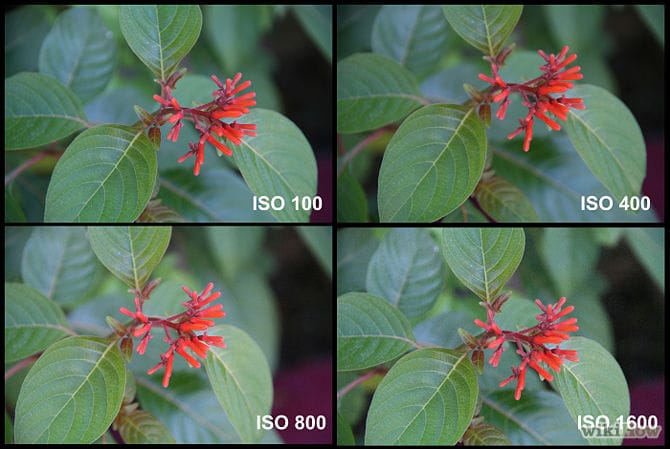
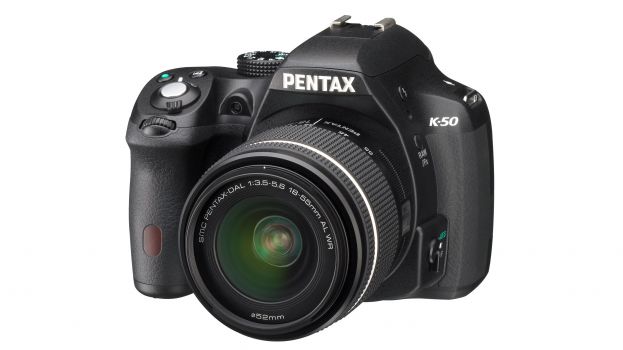
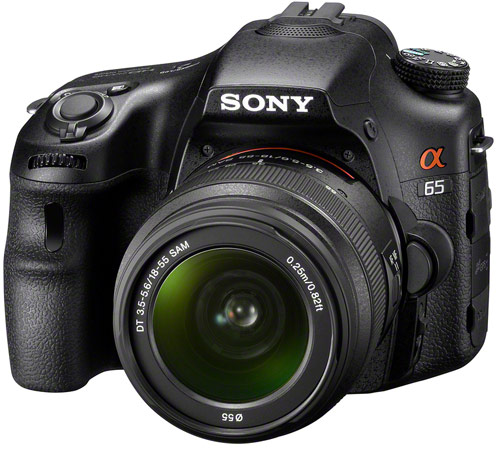
 Canon EOS Rebel SL1 is probably the best Canon DSLR camera when it comes to entry-level photographers. The photo and video quality are excellent and the camera itself is considered comfortable, through its ergonomic design. Canon SL1 is currently the world’s smallest and lightest digital SLR camera, but still manages to deliver great performance.
Canon EOS Rebel SL1 is probably the best Canon DSLR camera when it comes to entry-level photographers. The photo and video quality are excellent and the camera itself is considered comfortable, through its ergonomic design. Canon SL1 is currently the world’s smallest and lightest digital SLR camera, but still manages to deliver great performance. Number one in this top is definitely the Nikon D5200 since it has also been rated as the best DSLR camera 2013, for beginners. Nikon D5200 first came out on the market in 2012, so it has given us an amazing photography experience for more than 2 years now. Excellent for beginners, excellent as a backup camera if you already have a DLSR worth thousands of dollars, the best buy choice in its price range,
Number one in this top is definitely the Nikon D5200 since it has also been rated as the best DSLR camera 2013, for beginners. Nikon D5200 first came out on the market in 2012, so it has given us an amazing photography experience for more than 2 years now. Excellent for beginners, excellent as a backup camera if you already have a DLSR worth thousands of dollars, the best buy choice in its price range,















